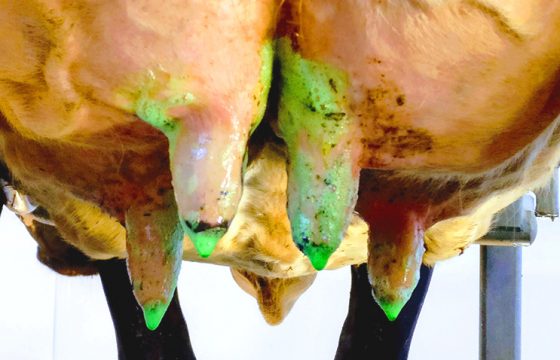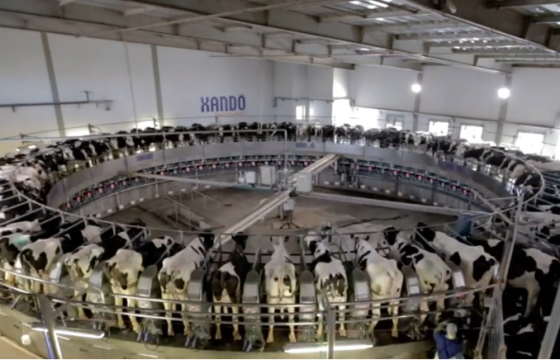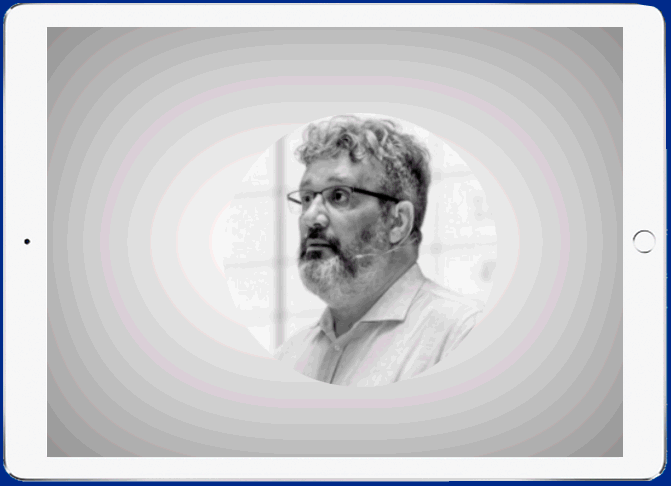Management & Mastitis in cattle: The most relevant changes that have taken place in the last 20 years
What are today’s keys for controlling the pathogens causing mastitis on dairy cows? Has the prevalence of these pathogens changed over the last 2 decades? What are the best bedding materials that can be used to avoid mastitis in cattle? These are some of the questions that Peter Edmondson (renowned udder health consultant) answered to us during this interview.
Interview with Peter Edmondson (UK)
Peter Edmondson is a dairy vet specialised in mastitis in cattle, milk quality and dairy management, owner of Udderwise (Veterinary consultancy).
1. What are the 4 main changes you’ve seen in dairy management in the last 20 years?
It was certainly not easy for Peter Edmondson to select the 4 most relevant changes that have taken place in the world of bovine mastitis over the last 20 years.
Neither was easy to describe briefly what changes he has observed in the pathogens that cause mastitis in cattle as a result of the introduction of measures such as the 5-point mastitis control programme.
2. What are the keys to control the pathogens causing mastitis in cattle?
And we have to ask “Why are we seeing these changes?” “Is it only because of the new laws?” Mr. Edmondson reveals the true reason why we are able to see the improvement in milk quality parameters.
From the point of view of prevention, cows are exposed to the pathogens that cause environmental mastitis during and after milking, in the dry period. In fact, almost all the time!
So, in the prevention of bovine mastitis, we have to bear in mind that a holistic plan is needed, i.e. that we have to keep track of more than one aspect, such as the vaccines that in the future will play a very important part in the prevention and control of mastitis in cattle.
3. Can you give us 3 main points to control bedding materials in dairy farms?
Mr. Edmondson also reviewed the pros and cons of the main organic and inorganic materials for bedding.
He discussed some of the characteristics of the main inorganic material for bedding (sand) and organic materials as well, such as wood shavings, straw or compost bedding…
Many thanks to Mr. Edmondson for his advice and his kindness.


